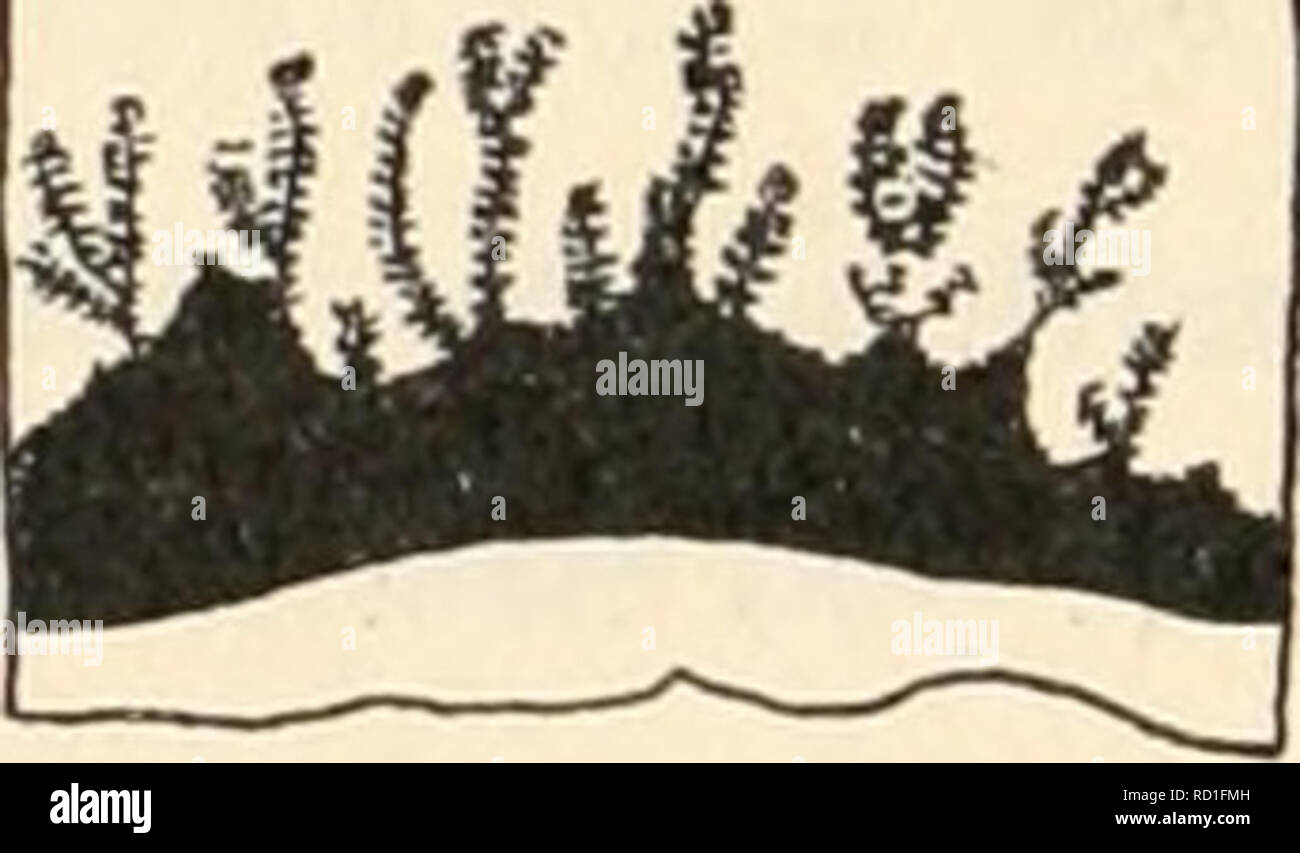. The Danish Ingolf-Expedition. Scientific expeditions; Arctic Ocean. cm: circular muscles of the column. adaxial side, and the mesogloea likewise a little thicker on the abaxial side of the base. Still we cannot speak of basal thickenings of the mesogloea. The meso- gloea of the tentacles is commonly rather thin. The radial muscles of the oral disc is also ectodermal (textfig. 190), in its outer part stronger than in the tentacles and provided with rather high, close folds, of about the same dimen- sion at the insertions of the mesenteries as at the ridges. The ectoderm of the actinopharynx c

Image details
Contributor:
The Book Worm / Alamy Stock PhotoImage ID:
RD1FMHFile size:
7.1 MB (168.8 KB Compressed download)Releases:
Model - no | Property - noDo I need a release?Dimensions:
2063 x 1211 px | 34.9 x 20.5 cm | 13.8 x 8.1 inches | 150dpiMore information:
This image is a public domain image, which means either that copyright has expired in the image or the copyright holder has waived their copyright. Alamy charges you a fee for access to the high resolution copy of the image.
This image could have imperfections as it’s either historical or reportage.
. The Danish Ingolf-Expedition. Scientific expeditions; Arctic Ocean. cm: circular muscles of the column. adaxial side, and the mesogloea likewise a little thicker on the abaxial side of the base. Still we cannot speak of basal thickenings of the mesogloea. The meso- gloea of the tentacles is commonly rather thin. The radial muscles of the oral disc is also ectodermal (textfig. 190), in its outer part stronger than in the tentacles and provided with rather high, close folds, of about the same dimen- sion at the insertions of the mesenteries as at the ridges. The ectoderm of the actinopharynx contains numerous ne- matocysts, 24—41x3, 5—5// in size. The mesenteries are hexamerously arranged (6 + 6 + 12 + 24 + an imperfect fifth cycle). Only the 6 first pair are perfect. The imperfect mesenteries have been examined in ^/g of the animal. The mesen- teries of the fifth cycle were weak and generally present only ii: the outer compartments viz. beside the me- senteries of the first and second orders, sometimes they are lacking in some of those, sometimes they are also developed in the inner compartments beside the mesenteries of the tliird order. Both mesenteries of a pair were not developed in conformity with the Actinostola-rvle. The mesenteries ionn thin lamellae.. Fig. 189 Fig. 190 Fig. 191 Genus Pycnanthus Mc. Murr. Diagnosis: Paractiidae with well-developed, enlarged pedal disc. Column smooth, without tuber- cles, in contracted state low and thin, sometimes with more or less distinct longitudinal ridges in the upper part. Upper parts of the column capable of involution. Margin tentaculate, distinct, not lobed. Sphincter weak or well developed. Tentacles short, only half as numerous as the mesenteries, the inner considerably stronger. Please note that these images are extracted from scanned page images that may have been digitally enhanced for readability - coloration and appearance of these illustrations may not perfectly resemble the original work.. Ingolf (Cruis